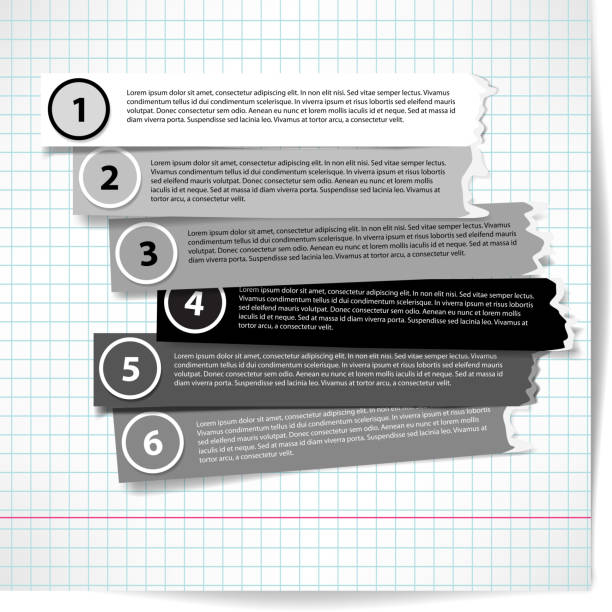Any direct response campaign or business is not complete without testing. Testing is essential to keeping your campaign fresh, your product valuable for your customers, and profitable for your company.
Your business must have a solid testing plan; whether you are testing a new list of audience members, if you are trying a media channel, if you’re trying an offer, if it is based on e-mail based on premium offers, id, or headline.
It is important to create a testing plan. You can test in a smart way that allows you to take advantage of results intelligently and quickly. You should be able to determine whether or not the results are valid statistically.
When testing, here are some key factors to consider:
Why you must include testing in your business plan
Any testing campaign should contain the following key ingredients
Test Smart to Increase Audience or Revenue Share (or Both)
Tests = Increased revenue for your business
Why Testing Should be Included in Your Business Strategy
It is important to conduct smart, consistent testing in order to determine if you are targeting the correct audience with the appropriate message and offer at the proper time. This is impossible to decide on without measurable feedback. The market changes as products mature and human values and needs change.
A business can use a solid testing policy to ensure that its products are relevant and valuable for its target audience by incorporating all (or some) of these components.
The Key Ingredients in Any Testing Campaign
You can test in a way that is cost-effective and allows you to act on the results quickly with confidence.
Test only one variable at a given time.
Test important variables that can make a big difference in the way you market your product.
Test a large segment of your audience.
Test cells should be statistically significant.
Be sure that the results can be easily implemented and, ideally, transferred.
Test smart
Tests are expensive and time-consuming, so make the most of them. Test things that are different than what you currently offer. If your price point is $0.99, think twice before testing a dollar amount, which will only give you a marginal revenue increase (for example, $1.00 vs. $99).
You can apply the same logic to subject lines as well as offers, premiums, and copy. Test significant differences. Testing is done to increase audience share or revenue. Smart testing is based on the idea of limiting your testing time and dollars to maximize your return.
Make sure test cells are readable and actionable.
How large of a cell you need to test your variable will depend on the size of your audience and how accurate your response rate is. Over-simplifying the test is a mistake I see repeated time and again. Test a cross-section of the core audience. Test new audiences you are not aware of.
When a business tests a product, too often, the results are statistically unimportant because the cells and protocols were not set up correctly. In order to ensure that your testing cycle is successful, it is important to set up a controlled environment at the start of the testing process. If possible, keep outside influences as low as possible during testing.
Test to Ensure Results are Easily Executable
This part of your business is not immune to the cliche “time is of essence”. Once you have read the results, you must be able to act quickly. In a constantly changing world, what is relevant today might not be applicable tomorrow.
You want to be able to implement your solution quickly and confidently if you have tested it and found that it works. The worst possible scenario is to think you’ve found a winner but not be able to act quickly.

